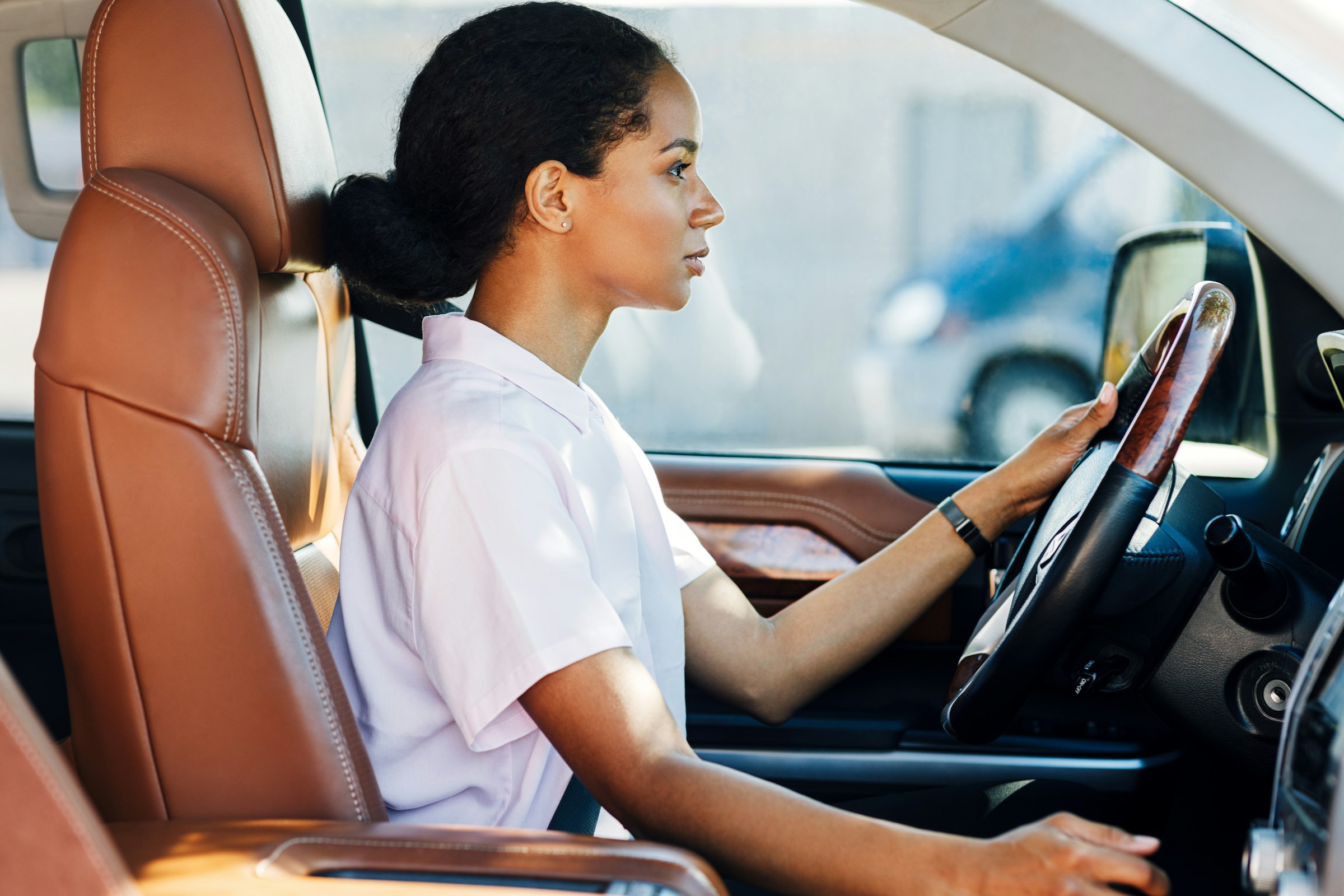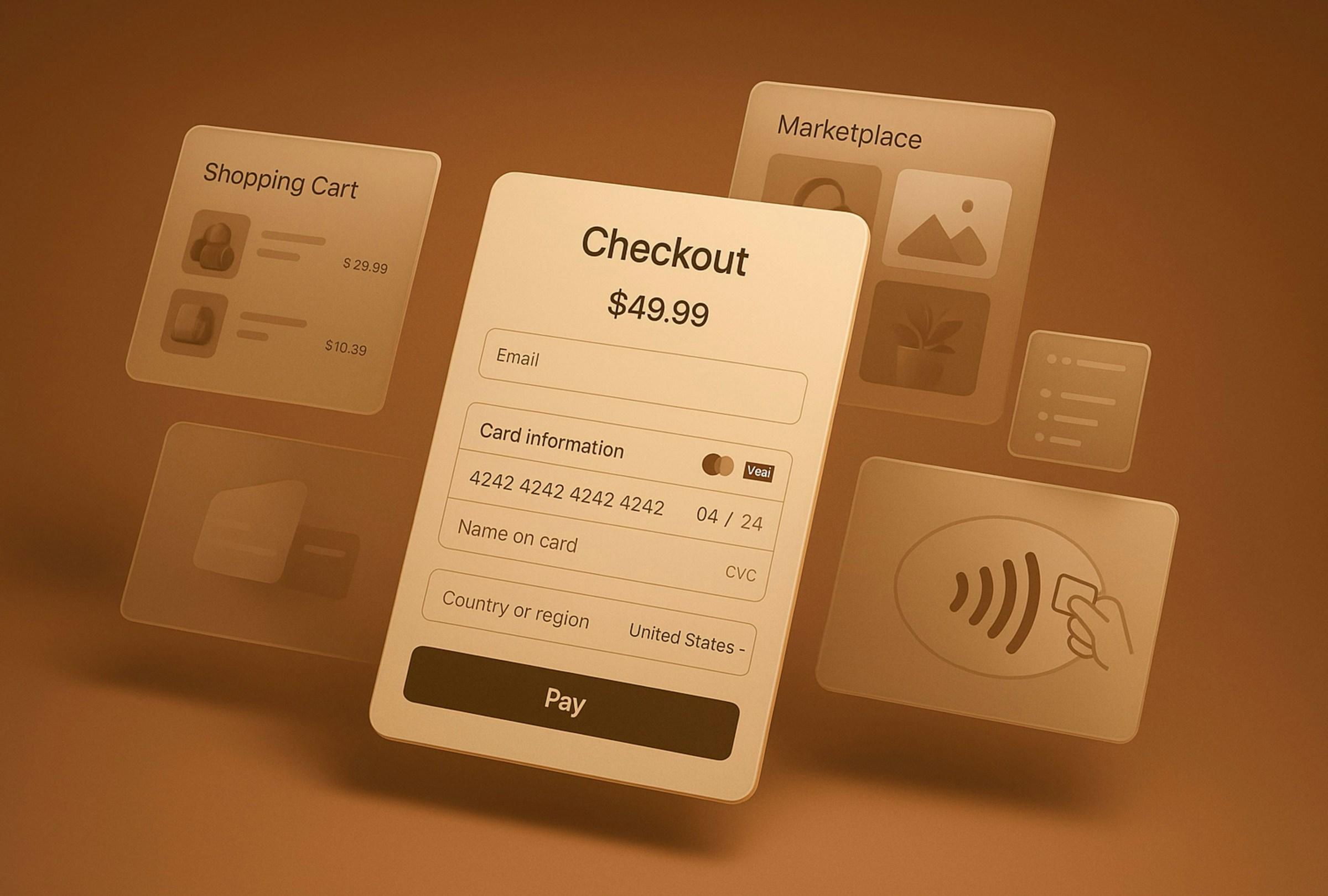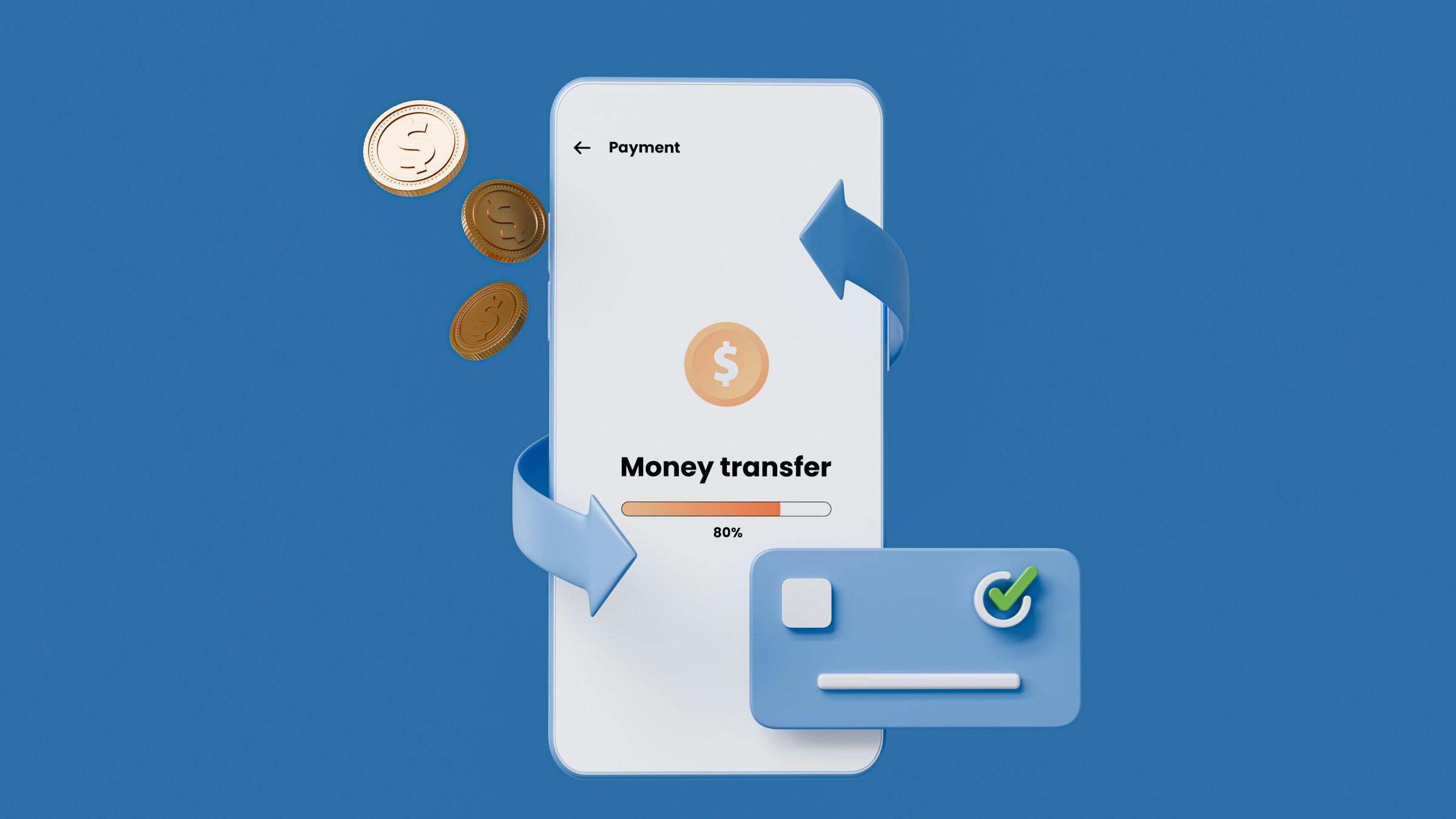A late afternoon sun slips through the windscreen and lays a soft, warm stripe across the dash. Traffic inches forward. Music hums in a way that neither demands attention nor fades entirely. In the cup holder, condensation gathers on a reusable bottle and leaves a watery ring that will evaporate by evening. The car smells a little like laundry and a little like fast food, because teen schedules rarely allow for careful boundaries. A car is not only a vehicle. It is a small home with wheels, part storage basket, part lounge, part workbench. In this snug, lived in space, a phone lights up in the center console and everything changes temperature. A hand hovers. A glance stretches. The light flicks to green and the horn behind you taps. Nothing overtly dramatic has happened. But attention has drifted, and with it the margin for error that keeps the road calm.
We often talk about teen drivers as if they belong to a separate road culture, when what they truly inhabit is a faster nervous system shaped by novelty. Every rule is still fresh, every lane change is still a puzzle that demands conscious thought, every mirror check still loud enough to crowd the mind. The road is not just asphalt. It is a string of decisions that must be made in sequence and at speed. Adults can make many of those decisions with muscle memory. Teens are still writing that memory into the body. In this state, even a small nudge acts like a pull. That is why the biggest distraction is also the most obvious. It is the phone, not because teens are careless, but because the modern phone is designed to compete with everything else in the room. It competes with boredom, silence, sunsets, and conversation. It is a bright door inside a dark cabin. Even when the screen is blank, the possibility of a message is its own glitter.
The power of this device is not only rooted in the content that floods it. The deeper power is in the way it interrupts rhythm. Good driving is a rhythm task. Eyes scan near and far. Hands relax and reengage. Feet hover and press with measured intention. The process looks mechanical from the outside but it is musical on the inside. Experienced drivers play attention like a quiet instrument. A phone interrupts that rhythm. Once the beat breaks, the mind must reload the pattern. Each glance becomes a micro choice, and micro choices link into habits, and habits write risk into the body. In that chain lies the quiet danger that seems to appear from nowhere when a message bubble blinks to life.
If we are honest about what wins or loses attention, the solution looks less like a moral sermon and more like a design problem. Willpower is a brittle tool. Architecture is stronger. A teen does not need to become a monk behind the wheel. A teen needs a cabin that makes the right behavior feel natural, even pleasant. Think about the car interior the way you might think about a small studio apartment. Every object either supports the ritual or pulls against it. Place the objects well and the ritual follows without a fight.
Start with the phone’s physical home. Many cars silently suggest that a phone belongs near the driver by placing power, ports, and a flat tray within easy reach. That is a design invitation to distraction. Move the home. A soft pouch that clips to the passenger side footwell keeps the device out of sight without turning it into contraband. A glove compartment with a felt liner will take the edge off a loud buzz, which matters more than people imagine. A zip pouch in cotton or cork that the teen chooses rather than the parent makes the boundary feel like ownership instead of policing. Placement is not punishment. Placement is choreography, the kind that directs hands and eyes before the mind can talk itself into one more look.
Next, script an engine on ritual that never varies. Every repeatable ritual has a satisfying first note. In some homes it is the click of a kettle. In a car it can be a simple sequence that is always performed in the same order. Belt, mirrors, navigation, focus mode. Belt first, because safety anchors the rest. Mirrors second, because scanning begins before the wheels move. Navigation third, because planning is a pre drive choice, not a rolling conversation. Focus mode last, because intention deserves a tactile cue. Most phones offer a driving mode that mutes everything except chosen contacts and essential alerts. Turning it on before any movement turns a settings menu into a mindful act. Silence then becomes a choice expressed by the driver, not a rule imposed by a parent, and that feeling of agency changes everything.
Music deserves its own design moment. The wrong playlist can turn the cabin into a stage. The right playlist becomes a steady backdrop that neither thrills nor distracts. Pre set a small set of mixes with low variation and longer tracks that do not invite skipping. Fewer high energy drops reduce sudden impulse. Think of sound as a fabric that lines the drive. Fabric should hold shape without clawing at your attention. When music is treated like a structural material rather than a flashy decoration, the driver’s nervous system can relax into the task.
Navigation behaves best when it is cast as a practical tool instead of a companion. Voice guidance can be pared down to early, succinct notices that reduce last minute scrambles. The best time to prepare a route is in the driveway or the school car park, not at the first stop sign when the windscreen is already full of tasks. Planning is part of the pre drive ritual. When a teen treats maps like a kitchen timer rather than a social app, the nagging personality that some software assumes begins to fade. Fewer surprises mean fewer panicked glances at a screen.
Passengers are an established distraction, especially for new drivers who treat a car like a moving living room. You do not need to turn the cabin into a lecture hall to manage this. Create a practice window for the first month after licensing with low passenger counts and clear roles. One friend manages music. Another watches the next turn. Everyone respects the driver’s focus as the reason the vehicle moves at all. Assigning small jobs transforms loose social energy into anchored attention. Anchored attention is calmer attention, and calmer attention produces smoother driving with fewer hard brakes and less surge.
Snacking looks harmless but often costs more attention than people think. A crinkly bag that requires a search, a pinch, a tilt, then another search will claim brain cycles that should be scanning mirrors. Choose simple food geometry. Bite sized, single texture, and not crumbly or dusty. A lidded tumbler that can be sipped without needing to tilt the head far back is kinder than a tall bottle that demands a long lean. This is what design looks like in a car. Nothing dramatic. Simply fewer moments where the hands hunt and the eyes search for what a calmer setup could place exactly where it belongs.
Parents naturally ask for a rule that works, but rules without scaffolding tend to wobble. An agreement works best if it is a design contract rather than a moral code. The phone goes into the pouch before the gear lever moves. Driving mode turns on with a single satisfying tap. The car does not move until the pouch is clipped into its home. The pouch always lives in the same spot. The routine is small and specific, which makes it durable. Add a short shared list of exceptions that both sides can name without debate. A call from a caregiver may break through. A school alert that affects safety may break through. The list remains short so that it remains believable. The rest waits.
Auto reply texts have been with us for years, but they change character when they sound like the driver. Encourage your teen to write a brief auto response in their own voice. People respect silence that has a tone. A generic robot sentence invites workarounds and jokes. A personal line that says I am driving now and will reply when I park feels like a boundary, not a filter. Boundaries are easier to respect than faceless settings that sound like a corporate policy.
Technology can support this culture without turning the cabin into a dashboard of strict controls. Phones can trigger modes based on motion, a Bluetooth handshake, or a connection to the car’s system. Use the lightest useful trigger. Too much automation becomes a game to outsmart. Light automation that aligns with the driver’s intention feels like help rather than rule. Some teens enjoy gentle streak tracking for distraction free trips. If you try one of those apps, choose visuals that are calm and muted. The goal is quiet pride in a smooth week, not a competitive scoreboard that creates a new kind of distraction.
The most important work happens outside the car’s doors. It takes place in the social script we hand to attention. If instant reply culture is your baseline, then silence during a trip can feel like a breach of friendship. Help your teen write sentences they can reuse. I drive after practice. I reply once I park. Repeat it and friends will adjust. Social design is as real as cup holder design. When a teen learns to say what happens during driving, that sentence protects focus more effectively than any scold.
There is also a practical, even ecological layer to all of this. Smooth attention produces smoother driving. Smoother driving means fewer harsh brakes, fewer sudden accelerations, and fewer swerves to correct missed turns. This saves fuel and reduces wear on tyres and brakes. Those outcomes sound boring until they are paired with independence. If a teen understands that calm attention stretches the time between fuel stops and lengthens the life of the brake pads, the ritual begins to feel like a grown up habit that rewards them, not a rule that limits them. Try a small experiment. Track a month of focused trips and compare average fuel consumption with the previous month. Attention turns into visible savings rather than a cloudy virtue. Once the map between focus and freedom is drawn in numbers, the body starts to want the calm drive back on its own.
Aesthetic details influence attention more than we tend to admit. Clear the dash. Remove the sea of dangling charms and sticky notes. Choose one small object that signals care, like a cloth ribbon tied to the zipper of the phone pouch in a favorite color. The goal is not decoration. The goal is an anchor that the driver touches before the car moves and forgets until the car stops. Rituals rely on anchors. Anchors can be lovely. The feeling of touching something chosen, then letting it go, reinforces a decision in a way that feels natural, not forced.
Everything here sounds simple because it is. The reason simplicity works is repetition. When a teen’s body learns what a focused cabin feels like, it will begin to crave that stability. Notifications will still exist. Group chats will still be funny. Photos will still arrive at inconvenient times. The difference is timing. Driving becomes a clear chapter with a clean start and a clean end. The phone remains amazing but moves to a supporting role. The cabin returns to quiet.
There will be days when the ritual fractures. A rush to leave will spill into the first minute on the street. A mood will lean toward the phone. A message will beg to be read now. Homes have messy days and cars are small homes. Treat these moments as resets, not failures. The pouch still clips. The map still waits. The seat belt still clicks with the same sound. The next drive can be steady again and the body will remember that steadiness with relief.
End the trip with a soft landing. When the engine turns off, let one minute pass before the phone returns to the hand. Sit in the leftover quiet of a drive well done. The brain registers the sense of completion, not as a jump back into feeds but as a breath. Protect that minute often enough and the body will start to expect it. What we expect becomes what we rehearse, and what we rehearse becomes the automatic habit we carry forward.
The biggest distraction for teen drivers is the phone. That statement is not an accusation. It is a recognition that the device has been engineered to win attention against every ordinary thing, including roads and sunsets and the silence that keeps people safe. The answer is not a harsher lecture or a louder rule. The answer is a better room. Place the device out of reach and out of sight. Pair a soft pouch with a firm ritual. Treat silence as a choice that a driver makes, not a sentence handed down from above. Think like a designer, not a disciplinarian. What emerges is a cabin that teaches the body what focus feels like. Once the body knows, it will keep choosing that feeling, mile after mile, until attention becomes a companion instead of a fight.




.jpg&w=3840&q=75)




.jpg&w=3840&q=75)


.jpg&w=3840&q=75)


